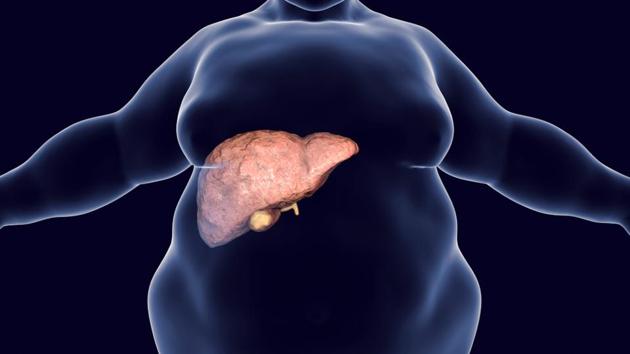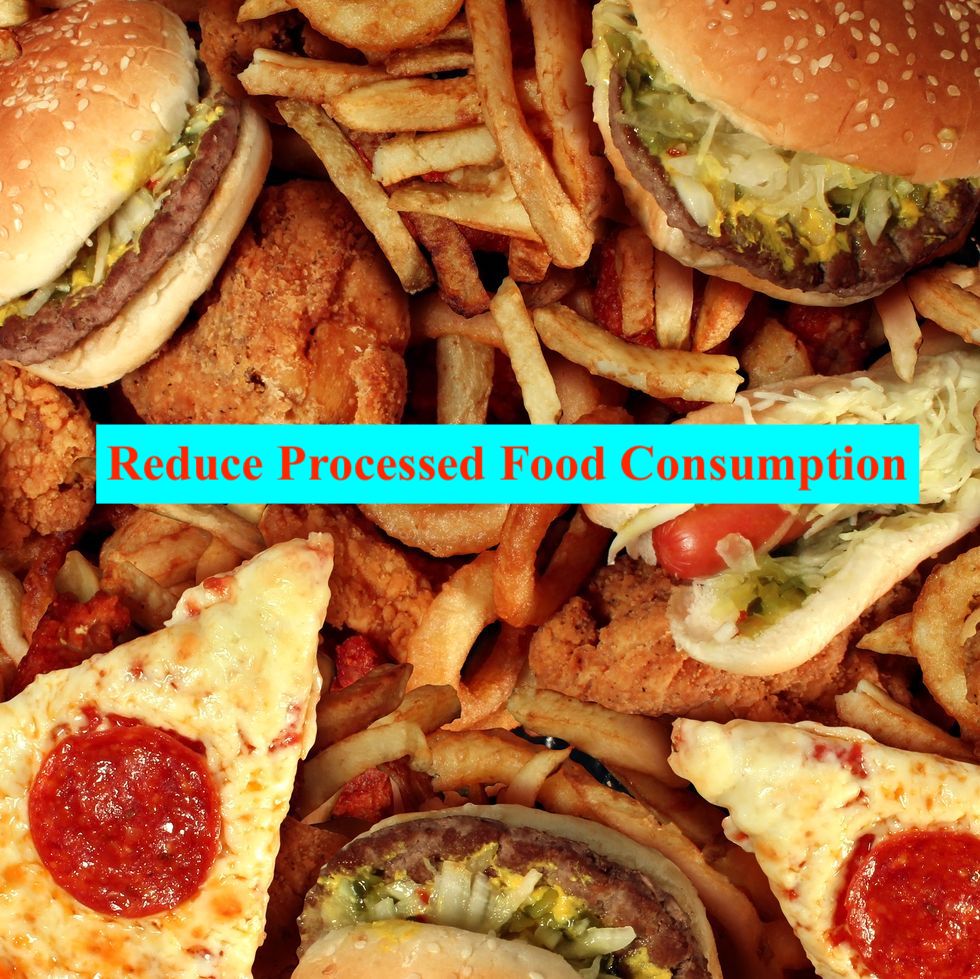
The liver is the largest organ in the body providing vital functions such as energy production, detoxification, as well as storing copper, iron, triglycerides, lipid-soluble vitamins, and glycogen.1 Non-alcoholic fatty liver disease (NAFLD) is condition which threatens said functions and affects as much as 30% of the adult population; a disease now considered a predominant cause of liver-related illness and death, globally.2 Left unchecked, NAFLD progresses to non-alcoholic steatohepatitis (NASH) in 20–30% of cases with its sequelae of liver scarring, cirrhosis, and liver cancer.2(1) As a means of appreciating NAFLD, the following will consider its pathophysiology in greater detail, causes, and solutions to mitigate the same.

NAFLD develops by a proposed mechanism termed the two-hit-hypothesis; the deposition of fat within the liver (steatosis) is the first hit. Progression of steatosis is imposed by other factors serving as the second hit, characterized by the contribution of genetic/epigenetics, adipokines, microbiome, and diet.2(2) One particular dietary influence is that of advanced glycation end products, of AGES. As such, the following will consider AGES in greater detail, their relationship to NAFLD.

AGES are biologically active compounds formed by a non-enzymatic reaction between reducing-sugars and proteins/lipids/nucleic acids.2(3) Such products are formed, at a low rate, in healthy individuals as a natural consequence of metabolic processes.2(6) However, endogenous AGES can be accelerated when the availability of reactants, namely sugars, are in abundance such as is seen amongst diabetics.2(6) Consumption of sweetened foods and processed carbohydrates (found in Westernized societies) provide ample supplies of sugar, which has been positively correlated with insulin resistance, dyslipidemia, metabolic syndrome, and the presence of AGES.2(6)

AGES can also be produced exogenously through the preparation of food, and emerging evidence is suggesting non-favorable effects of dietary AGES upon health and homeostasis.2(7) Foods prepared in which sugars are heated in the presence of amino acids induce glycation and production AGES; a process which affects the color, aroma, delicate flavours of food.2(7) Thus, temperature and time are two factors affecting the production of AGES from foods in addition to pH and water activity.2(7)

Implementation of high temperatures in excess of 160 ◦C accelerates glycation, where foods cooked in a watery environment (i.e., steaming, boiling) tend to reduce the concentration of AGES. Trends found between cooking techniques and AGES (from highest AGES to lowest AGES) include: grilling, oven frying, deep frying/broiling, roasting, boiling.2(7) pH also influences the production of AGES. Generally, more alkaline environments (poor acidity) tends to increase AGES formation, where lower pH (high acidity) tends to reduce AGES formation.2(7) Using vinegar during marinating, for example, increases acidity and lowers the prevalence of AGES.2(7)

In conclusion, the liver is the largest organ in the body providing vital functions such as energy production, detoxification, as well as storing copper, iron, triglycerides, lipid-soluble vitamins, and glycogen. NAFLD is condition which threatens said functions and affects as much as 30% of the adult population; a disease now considered a predominant cause of liver-related illness and death, globally. AGES, especially those of an exogenous origin, tend to worsen NAFLD. However, implementation of simple nutritional strategies to include lower cooking temperatures, reducing pH, and avoiding of sugary/processed foods can help control the progression of said disease.
References
1. Reisner EG, Reisner HM. An Introduction to Human Disease: Pathology and Pathophysiology Correlations. 10thed. Burlington, MA: Jones & Bartlett Learning; 2017.
2. Fernando DH, Forbes JM, Angus PW, et al. Development and progression on non-alcoholic fatty liver disease: The role of advanced glycation end products. Int JMol Sci. 2019;20(20):1-19. doi:10.3390/ijms20205037.
-Michael McIsaac
